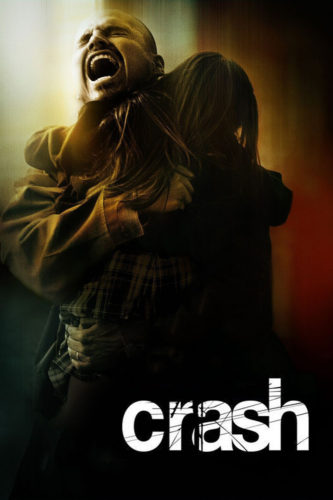Not Quite Horror contains reviews of films not traditionally considered horror films. By analyzing them as horror films (identifying the monster, discussing the shared worry for the audience and the main characters, and understanding the depth of horror available to the viewer), who knows? There more than one way to watch a movie.
Crash (2004)
The Monster: Crash won the Academy Award for Best Motion Picture in 2006 despite being more of a failed horror film than a successful drama.
The monster in Crash is racism, and it is portrayed as nearly supernatural in origin. Throughout the film, various characters are “possessed†by racism. Those possessed behave horribly, and often criminally, toward each other. The film portrays the afflicted as caring and human outside of the context of their racist “possession,†to remind us the villain is racism and the people can be saved.
The Shared Fate: Like Crash’s characters, any person is vulnerable to a damaging racist encounter. People are also vulnerable to being “possessed†by racism and doing racist things, regardless of the total quality of their character. It seems likely people who enjoyed the movie Crash were more likely to identify with the former point than the latter.
The Horror: Few films try to be as horrific as Crash does, regardless of what genre it has been classified. If you consider each upsetting racist moment as a scare tactic, the movie just like any scary movie. Something upsetting happens regularly, to keep people from falling asleep. Like traditional horror films, Crash creates dramatic tension by constantly raising suspicions of different characters, making people wonder who the real villain really is.
There are two major differences between Crash and The Haunting, The Haunting of Hill House, and The Legend of Hell House.. The first is that Crash is more concerned with discussing topical issues than entertaining an audience (although an argument could be made the latter point was also important to the filmmakers).
Secondly, Crash does not offer a thrilling climax to all of the tension and suspense it spends it running time building. Without this final showdown, the movie fails as a thriller. There’s no release of pent-up energy. Viewed as social commentary, this lack of resolution becomes a challenge to move the showdown to the world outside of the theater, to create change.
When Crash won its Best Picture Oscar, it was clearly because people appreciated the film as social commentary. Years later, it makes just as much sense to view the movie as a failed horror film.
— I am indebted to Noel Carroll’s The Philosophy of Horror for his ideas on defining horror, as well as John Skipp and Craig Spector’s article “Death’s Rich Pageantry, or Skipp & Spector’s Handy-Dandy Splatterpunk Guide to the Horrors of Non-horror Film†in Cut! Horror Writers on Horror Film for a similar idea.–
–Axel Kohagen

